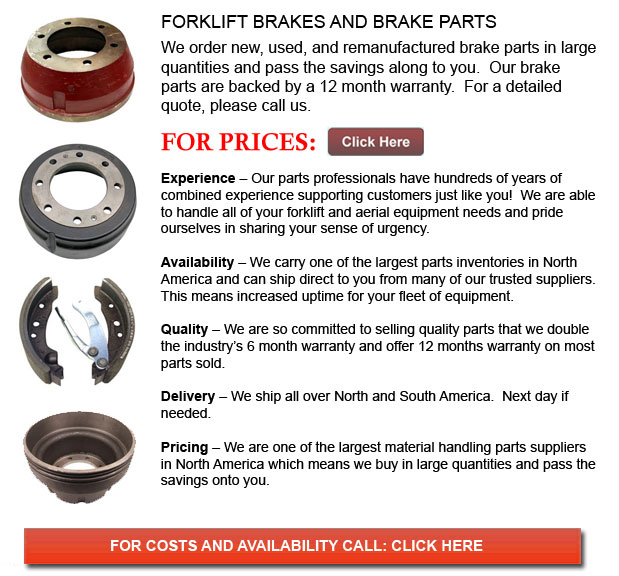
Brake for Forklift - A brake drum is wherein the friction is provided by the brake pads or brake shoes. The shoes or pads press up against the rotating brake drum. There are several different brake drums types along with certain specific differences. A "break drum" would generally refer to when either shoes or pads press onto the interior exterior of the drum. A "clasp brake" is the term used so as to describe whenever shoes press next to the exterior of the drum. One more kind of brake, referred to as a "band brake" makes use of a flexible belt or band to wrap round the outside of the drum. If the drum is pinched in between two shoes, it could be known as a "pinch brake drum." Like a typical disc brake, these kinds of brakes are quite rare.
Old brake drums, before nineteen ninety five, required to be constantly adjusted in order to compensate for wear of the shoe and drum. "Low pedal" could cause the needed modifications are not done sufficiently. The motor vehicle could become hazardous and the brakes could become useless when low pedal is mixed together with brake fade.
There are a variety of Self Adjusting Brake Systems existing, and they can be categorized within two main kinds, RAI and RAD. RAI systems have built-in equipments which prevent the systems to recover when the brake is overheating. The most recognized RAI manufacturers are Bosch, AP, Bendix and Lucas. The most well-known RAD systems consist of AP, Bendix, Ford recovery systems and Volkswagen, VAG.
Self-adjusting brakes normally make use of a mechanism that engages only when the motor vehicle is being stopped from reverse motion. This stopping approach is satisfactory for use where all wheels use brake drums. Nearly all vehicles nowadays utilize disc brakes on the front wheels. By working only in reverse it is less likely that the brakes would be applied while hot and the brake drums are expanded. If adjusted while hot, "dragging brakes" can take place, which raises fuel intake and accelerates wear. A ratchet tool which becomes engaged as the hand brake is set is one more way the self adjusting brakes can work. This means is just suitable in applications where rear brake drums are used. When the emergency or parking brake actuator lever exceeds a certain amount of travel, the ratchet developments an adjuster screw and the brake shoes move in the direction of the drum.
There is a manual adjustment knob located at the base of the drum. It is generally adjusted via a hole on the opposite side of the wheel and this involves getting under the vehicle with a flathead screwdriver. It is of utmost significance to be able to move the click wheel properly and adjust each and every wheel evenly. If unequal adjustment happens, the vehicle could pull to one side during heavy braking. The most efficient method so as to make sure this tedious job is done safely is to either lift every wheel off the ground and spin it manually while measuring how much force it takes and feeling if the shoes are dragging, or give every\each and every one the exact amount of clicks manually and then do a road test.
![]() Click to Download the pdf
Click to Download the pdf
Forklift Parts
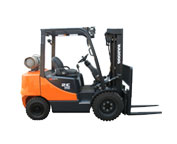
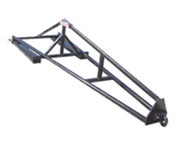
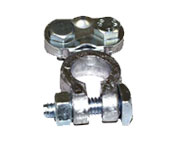
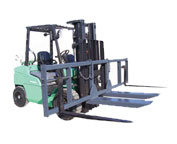
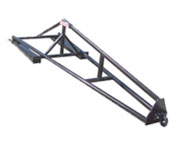
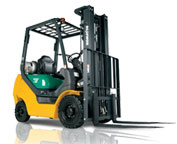
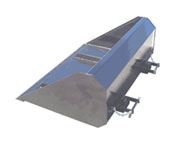
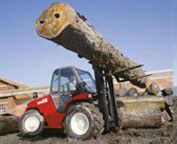
Lift Parts Express
TOLL FREE: 1-888-695-7994
LOCAL: (623) 900-4308
1753 E Broadway 101-496
Tempe, Arizona
forkliftpartstempe.com
Email Us
About Us


